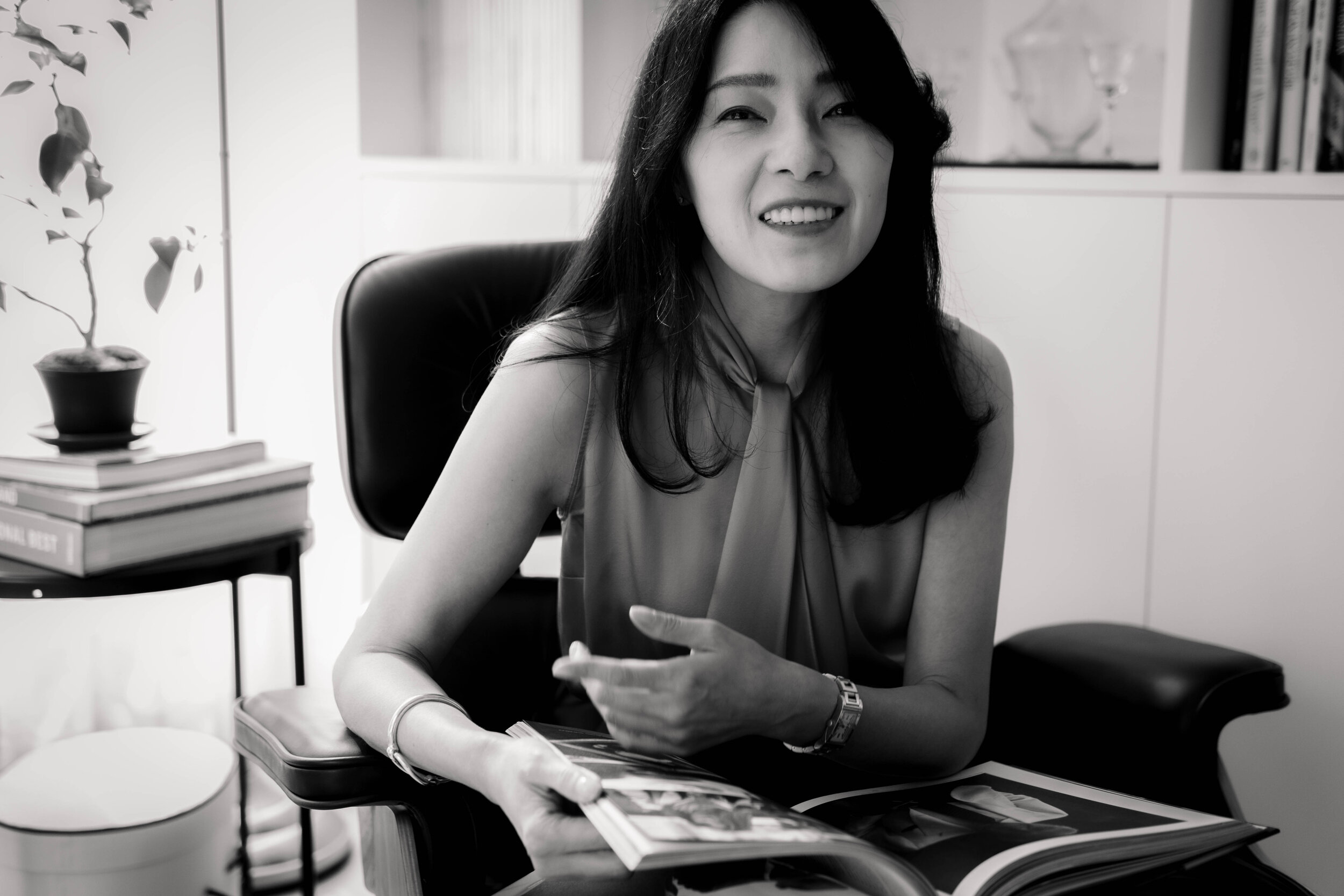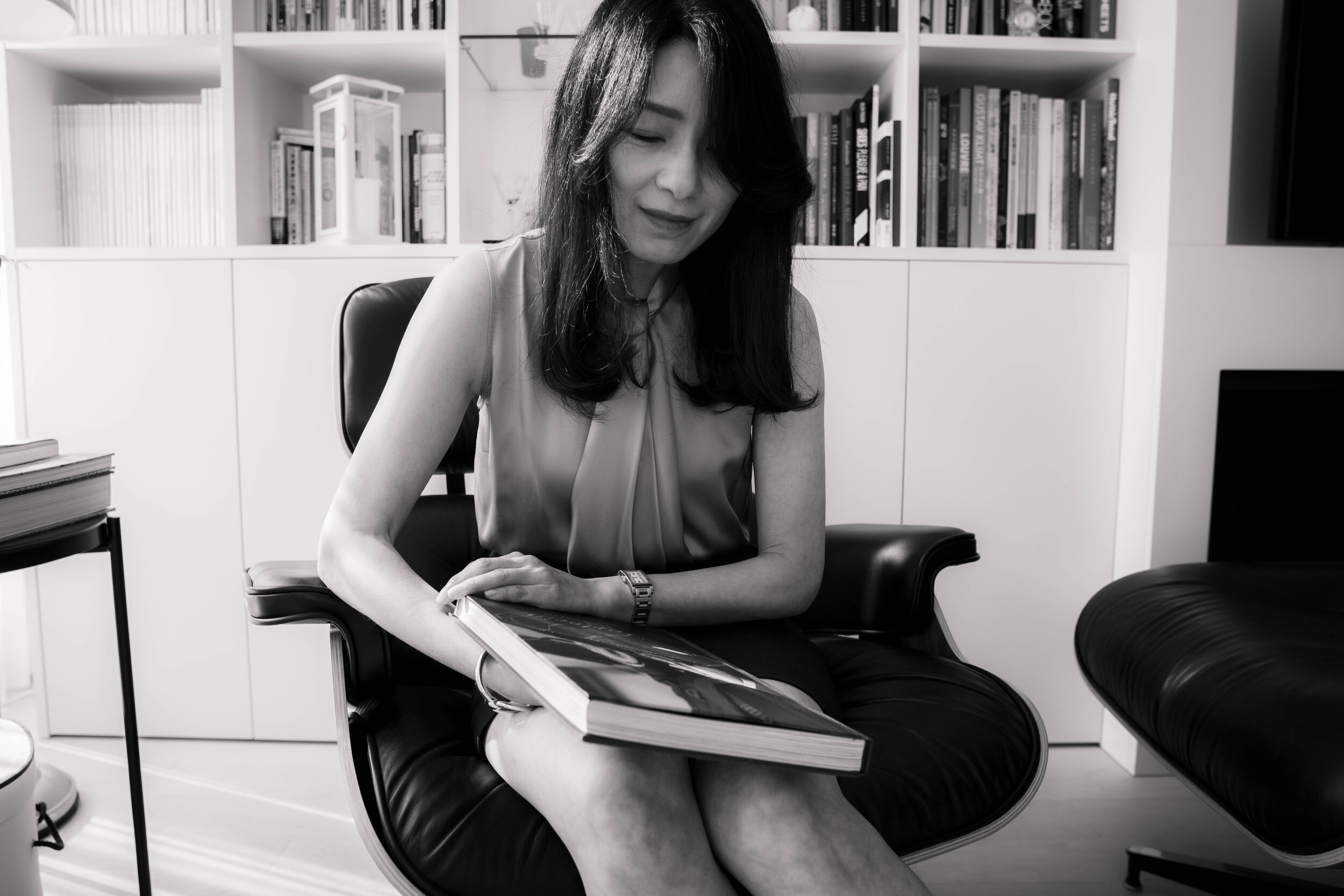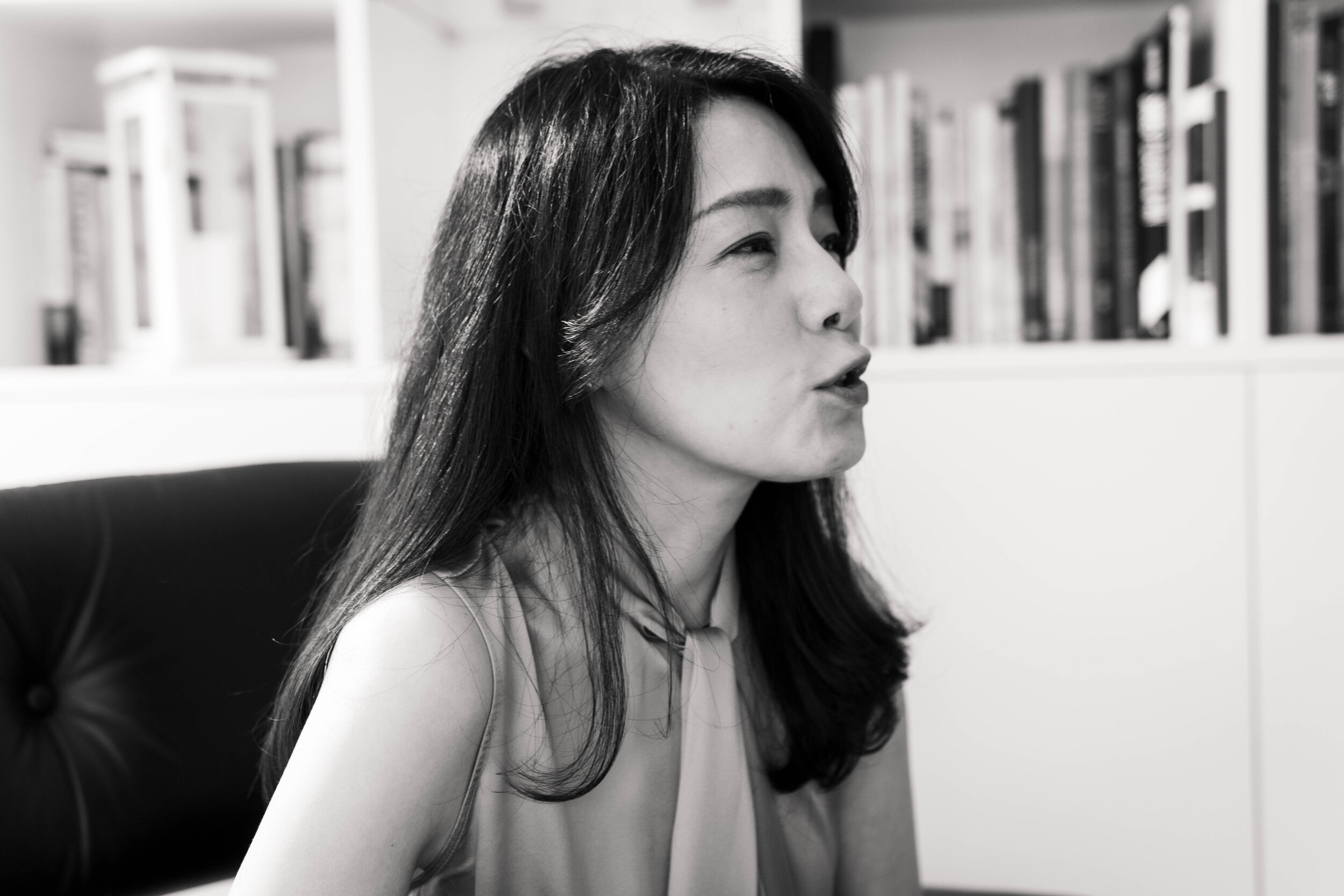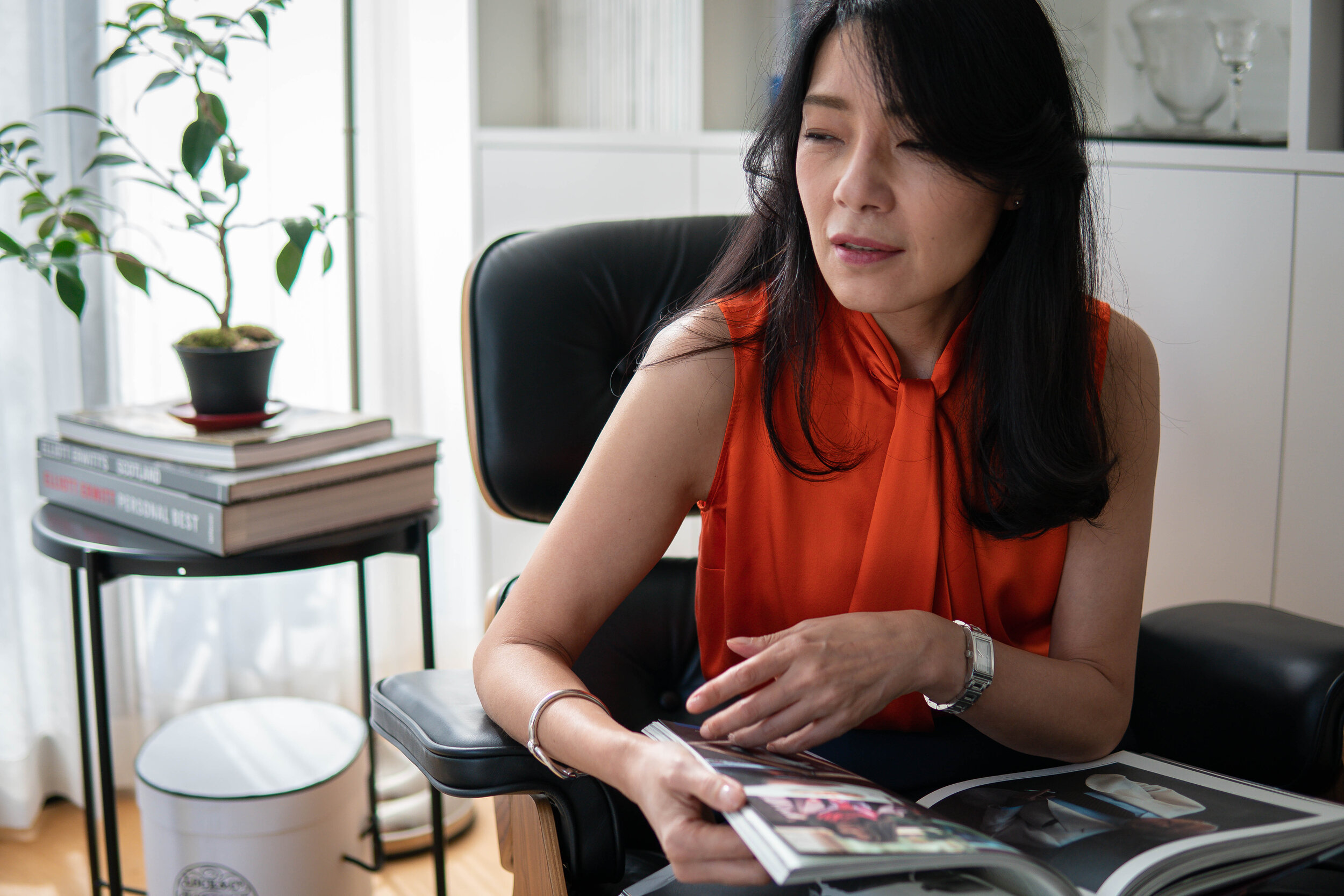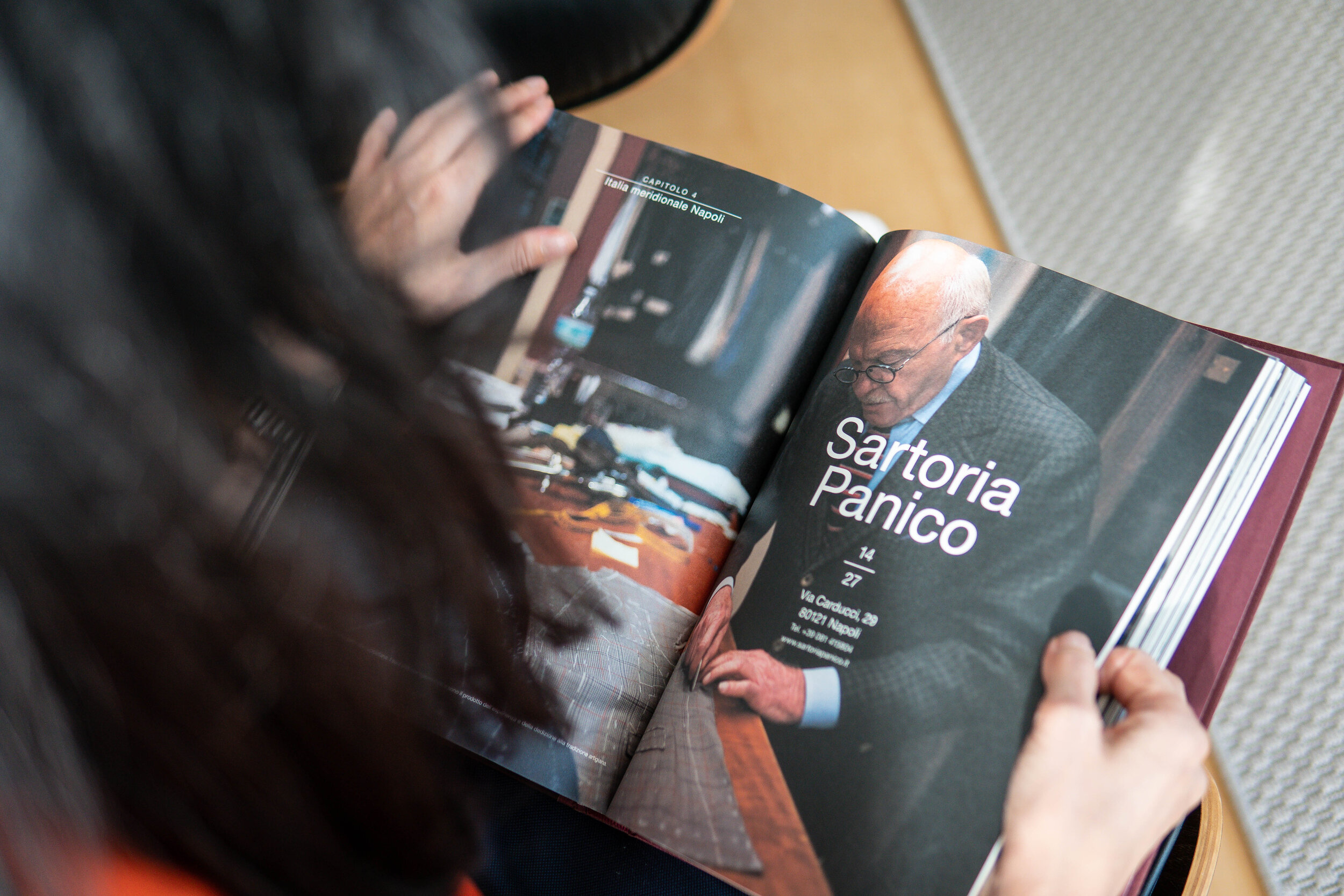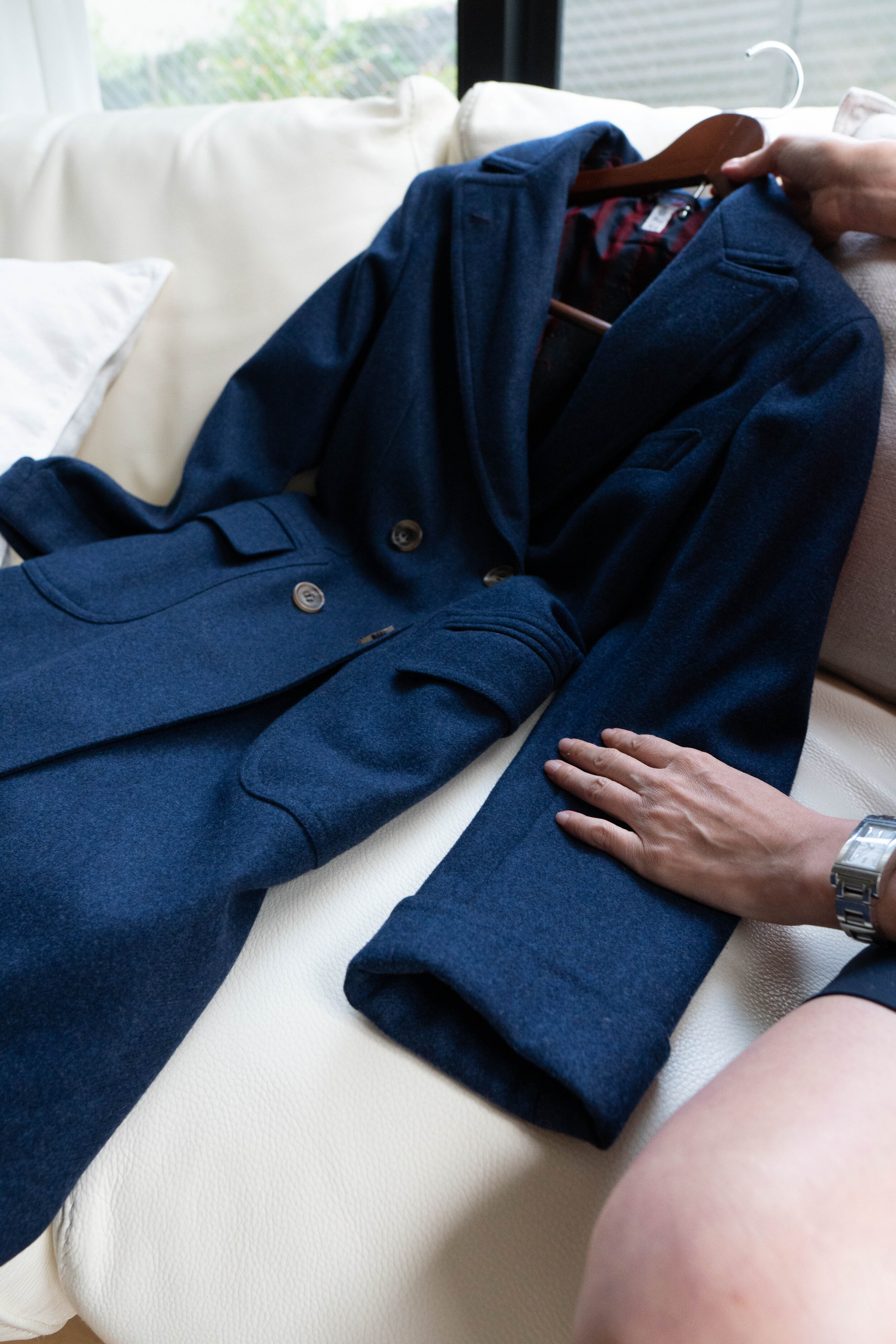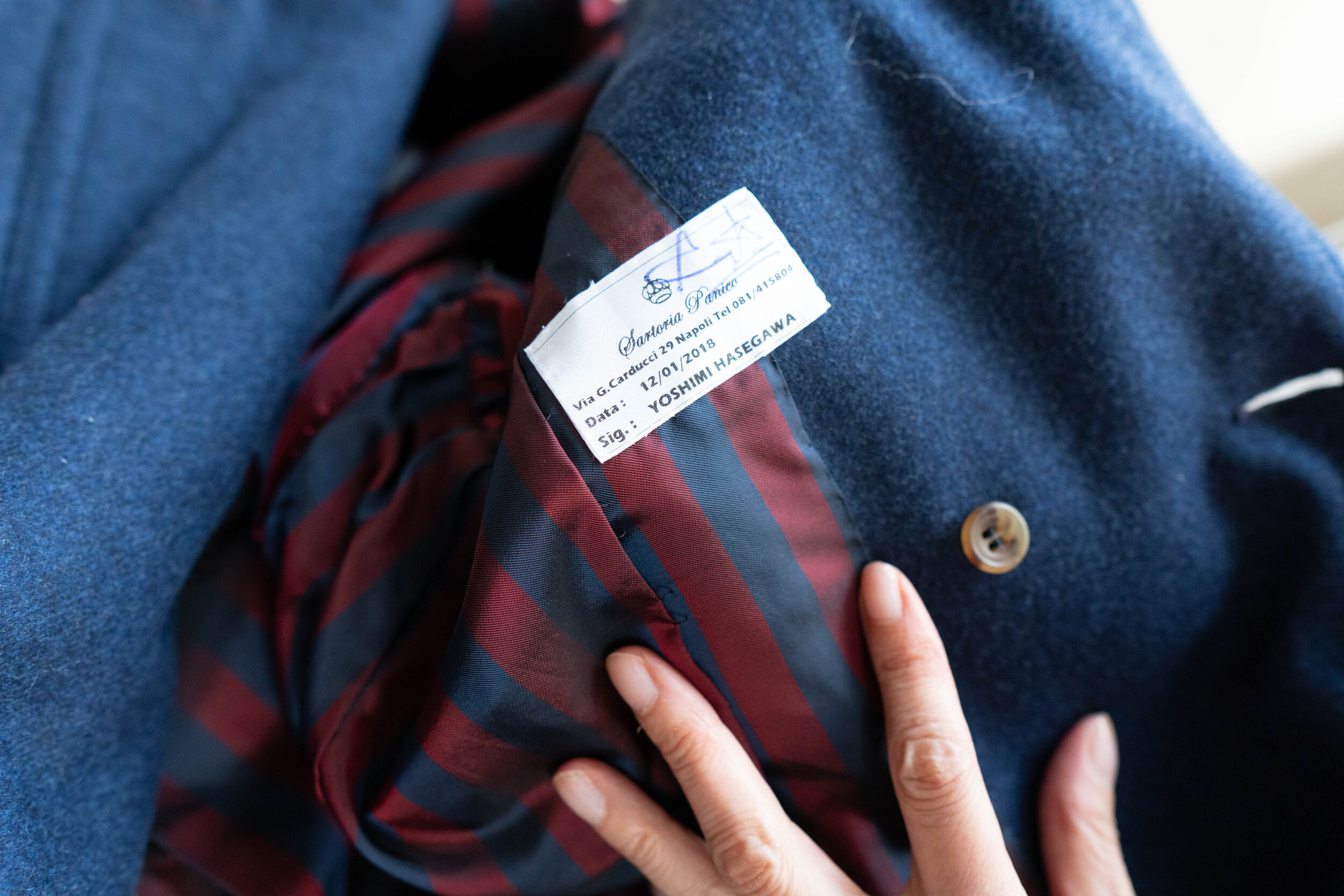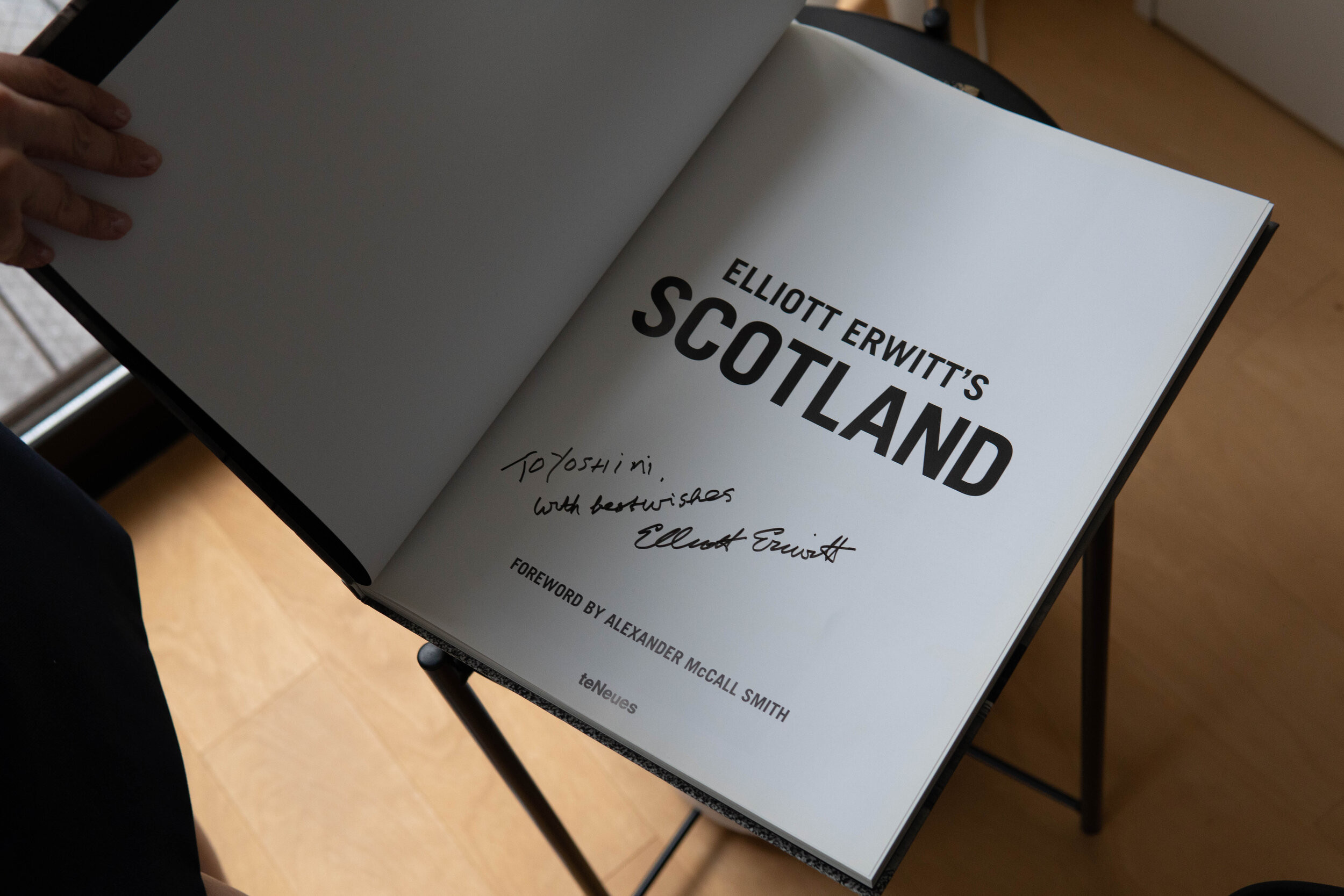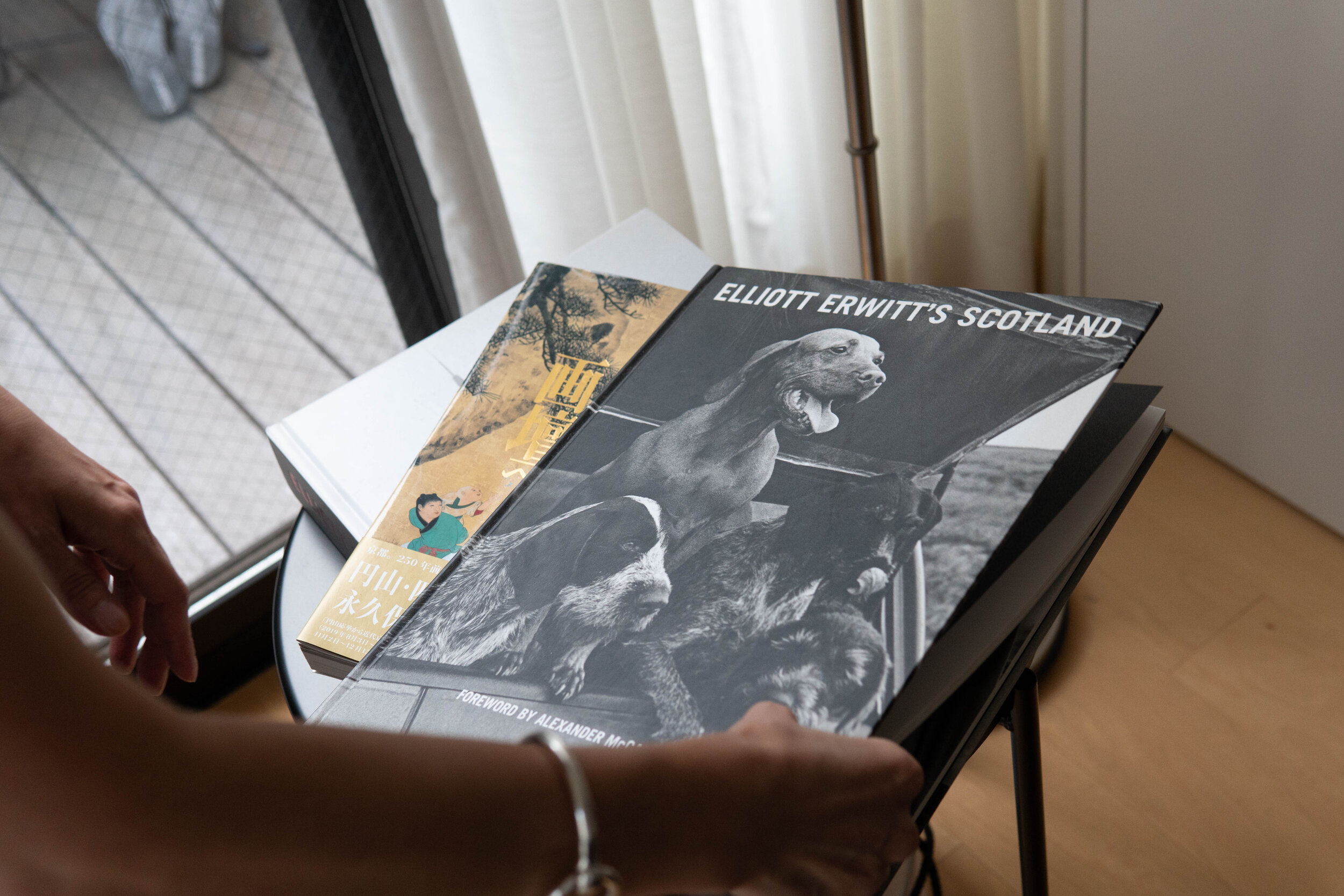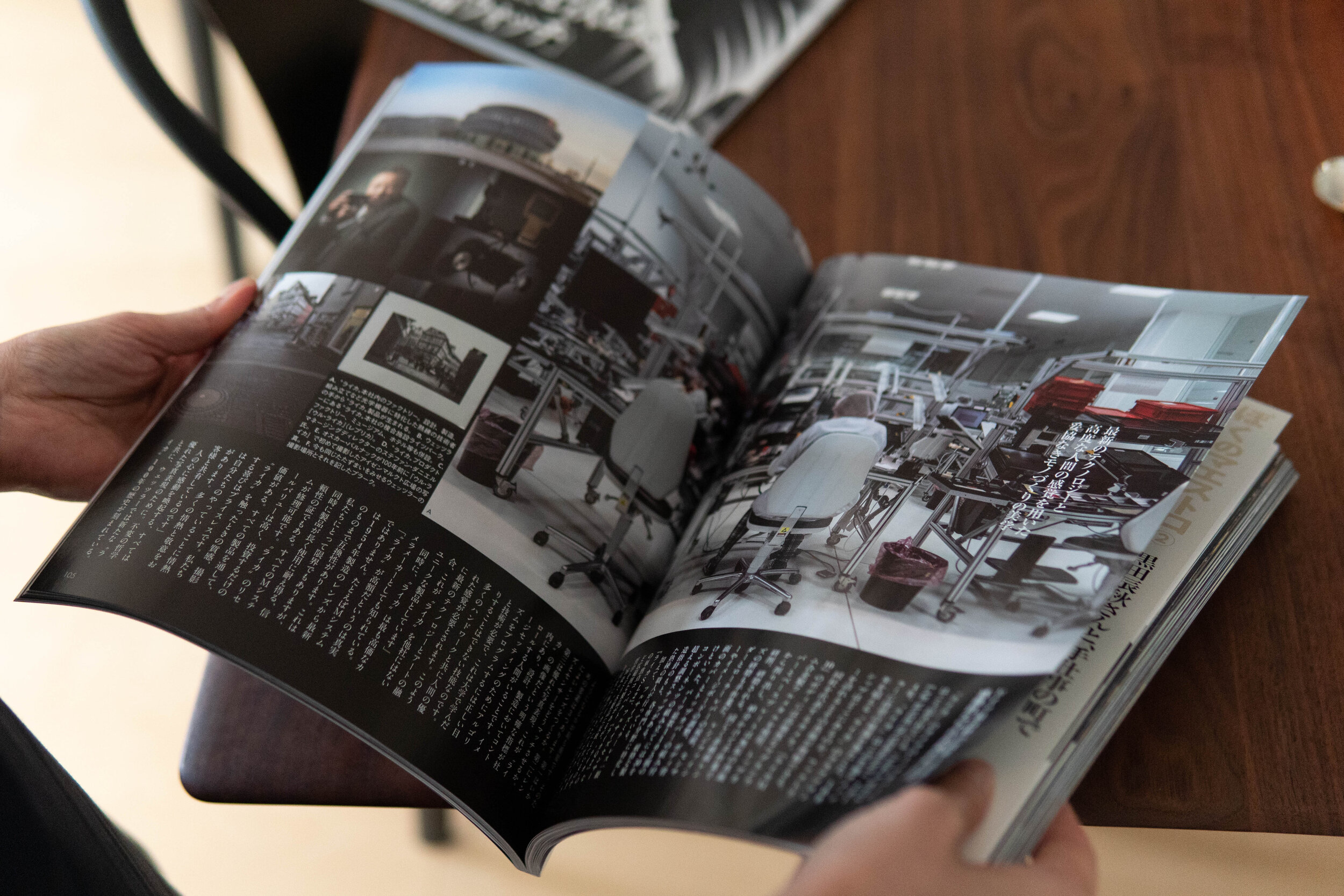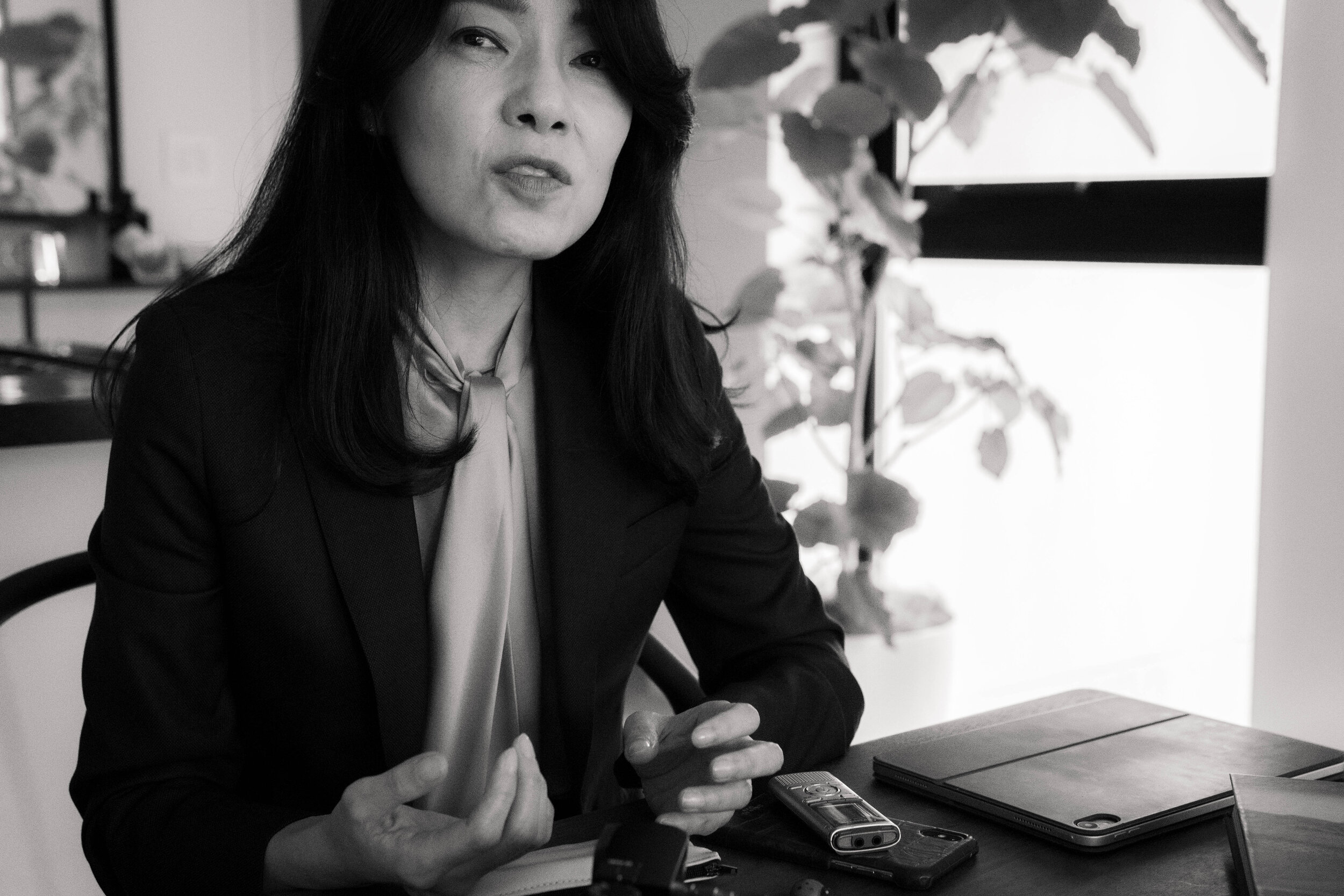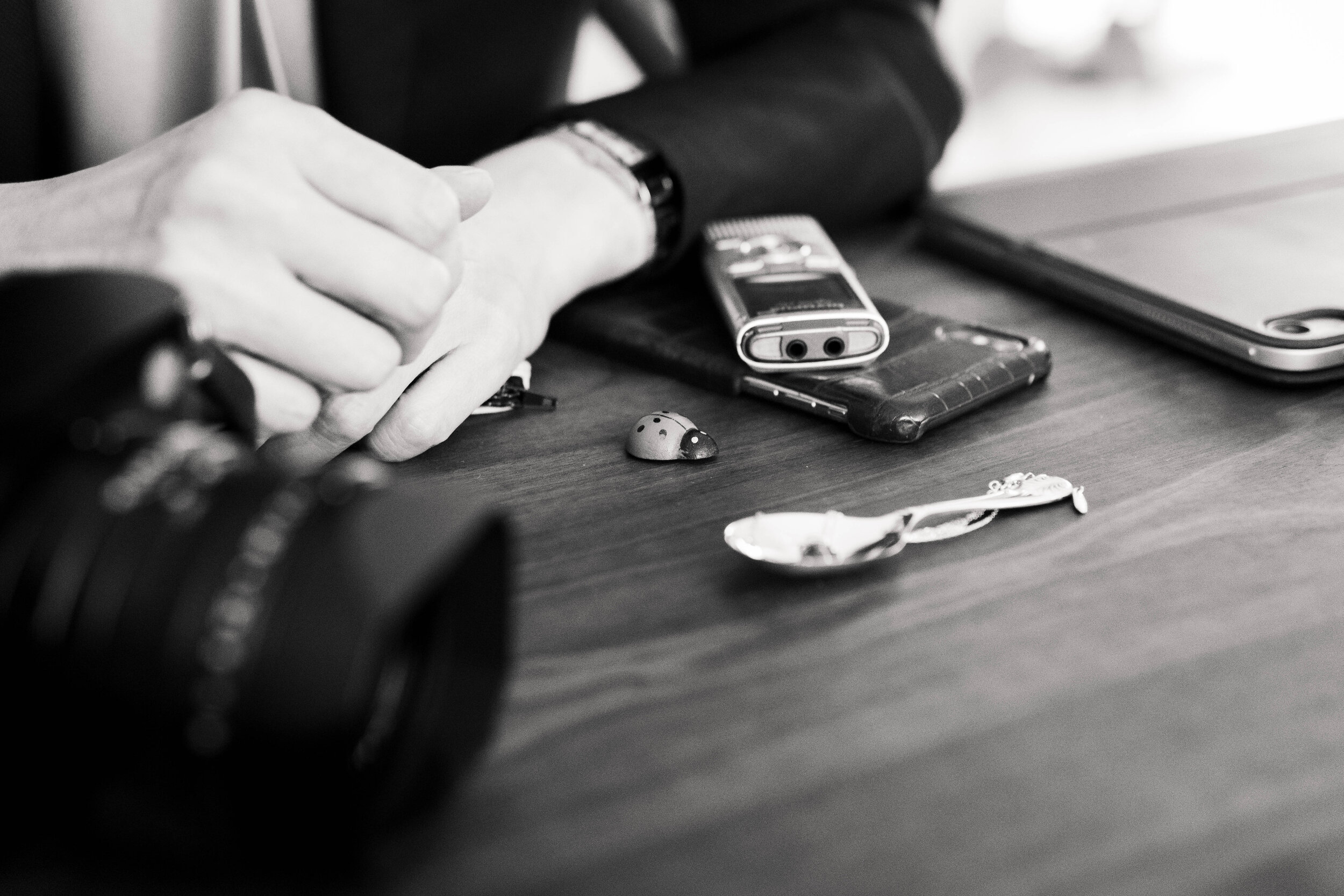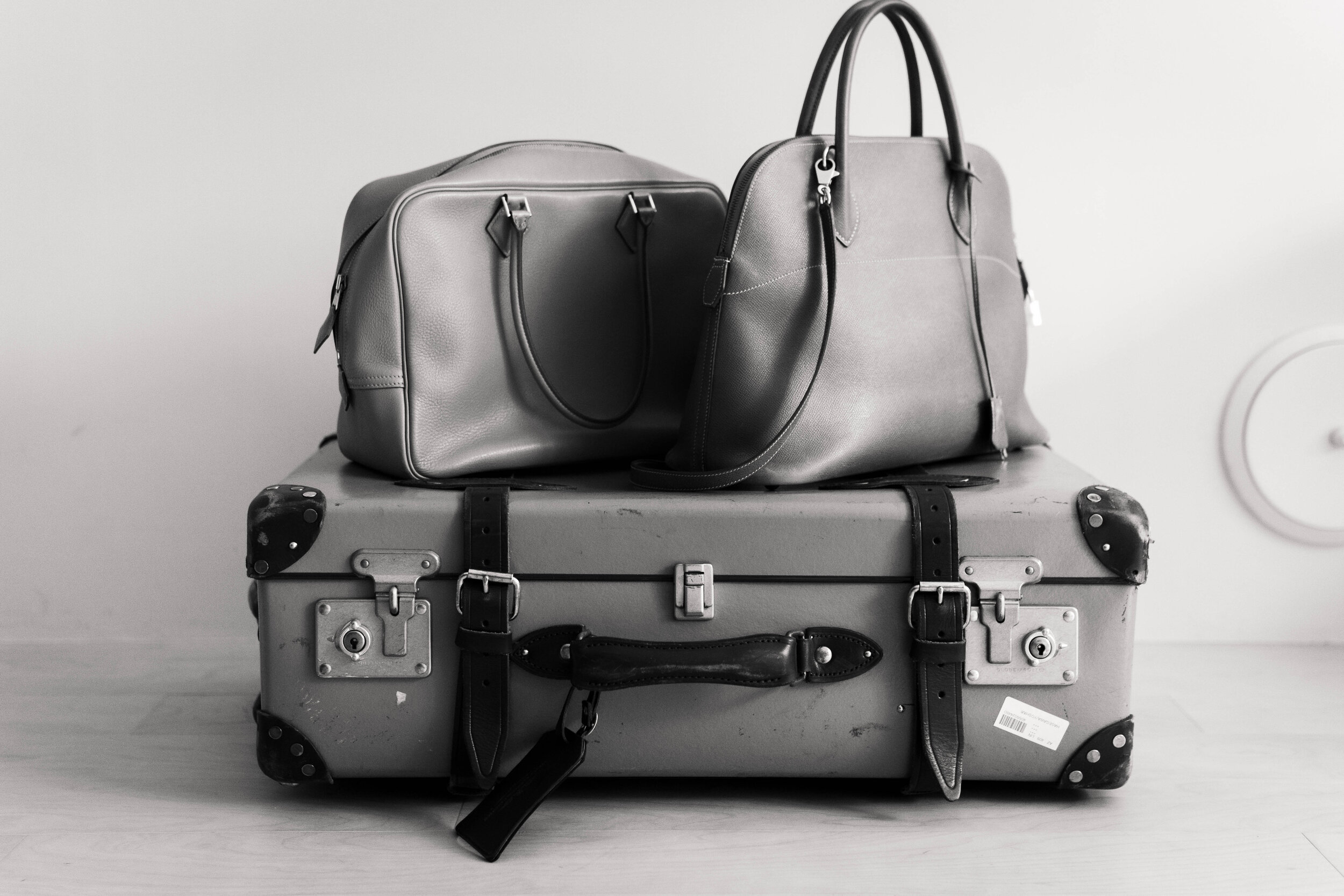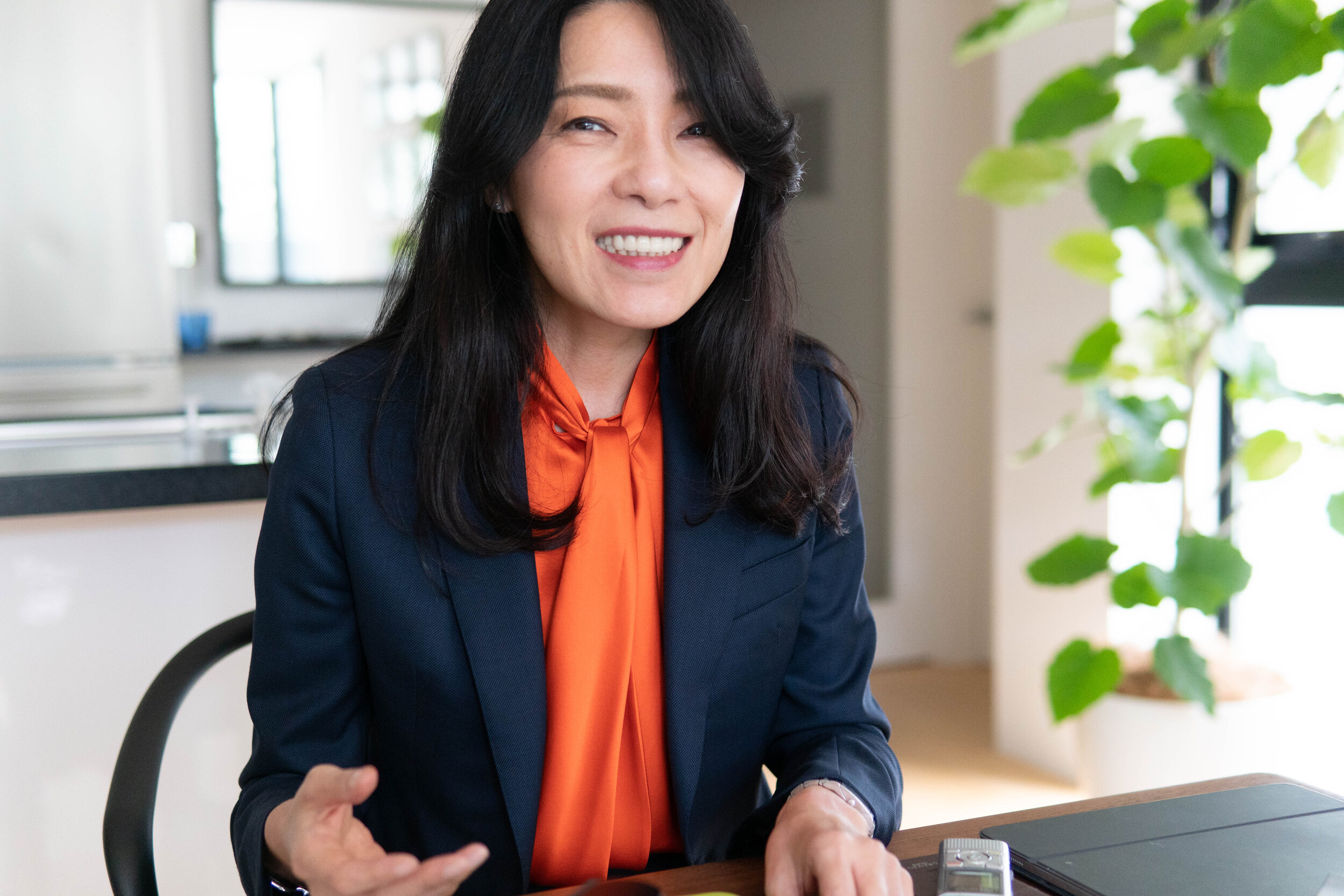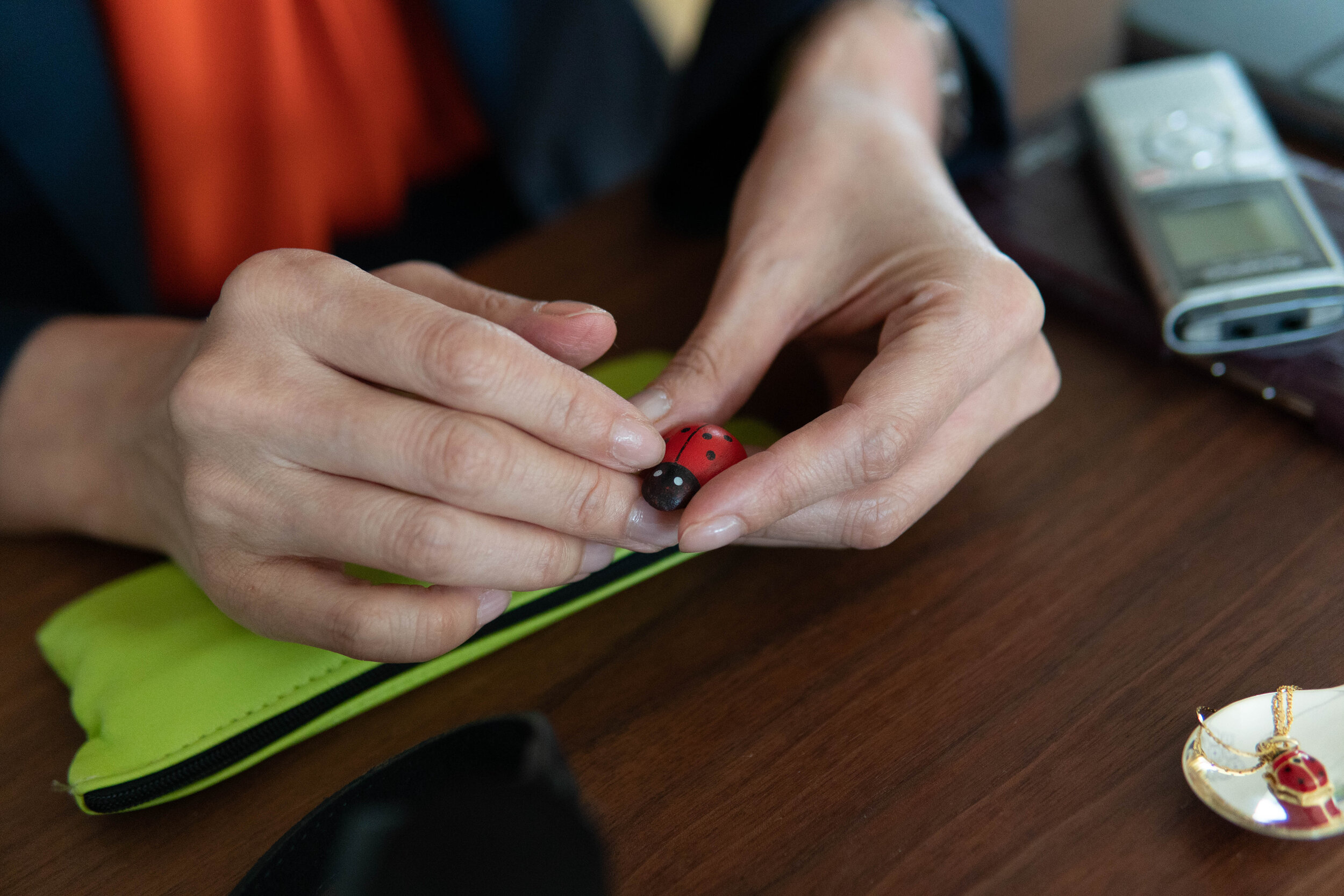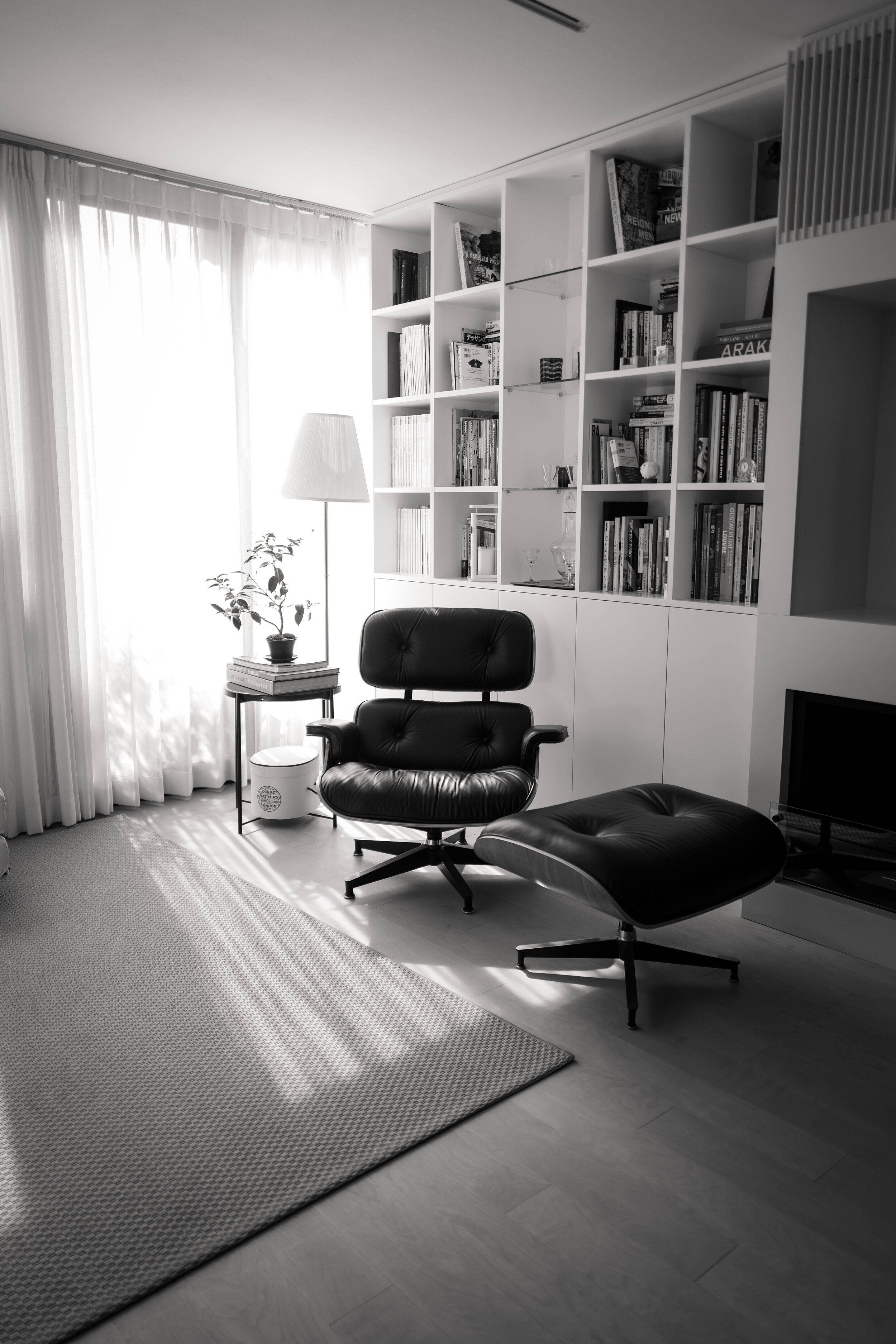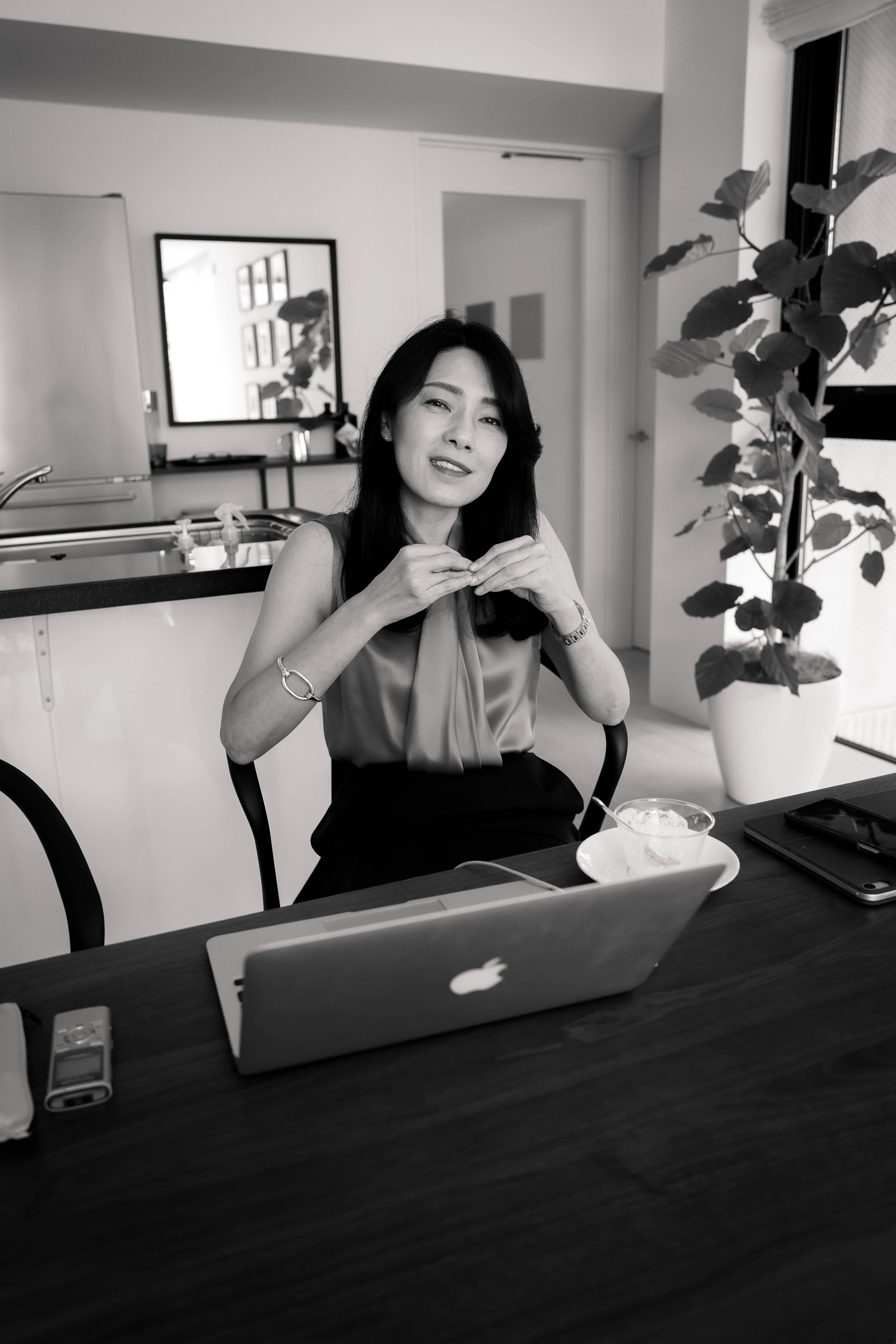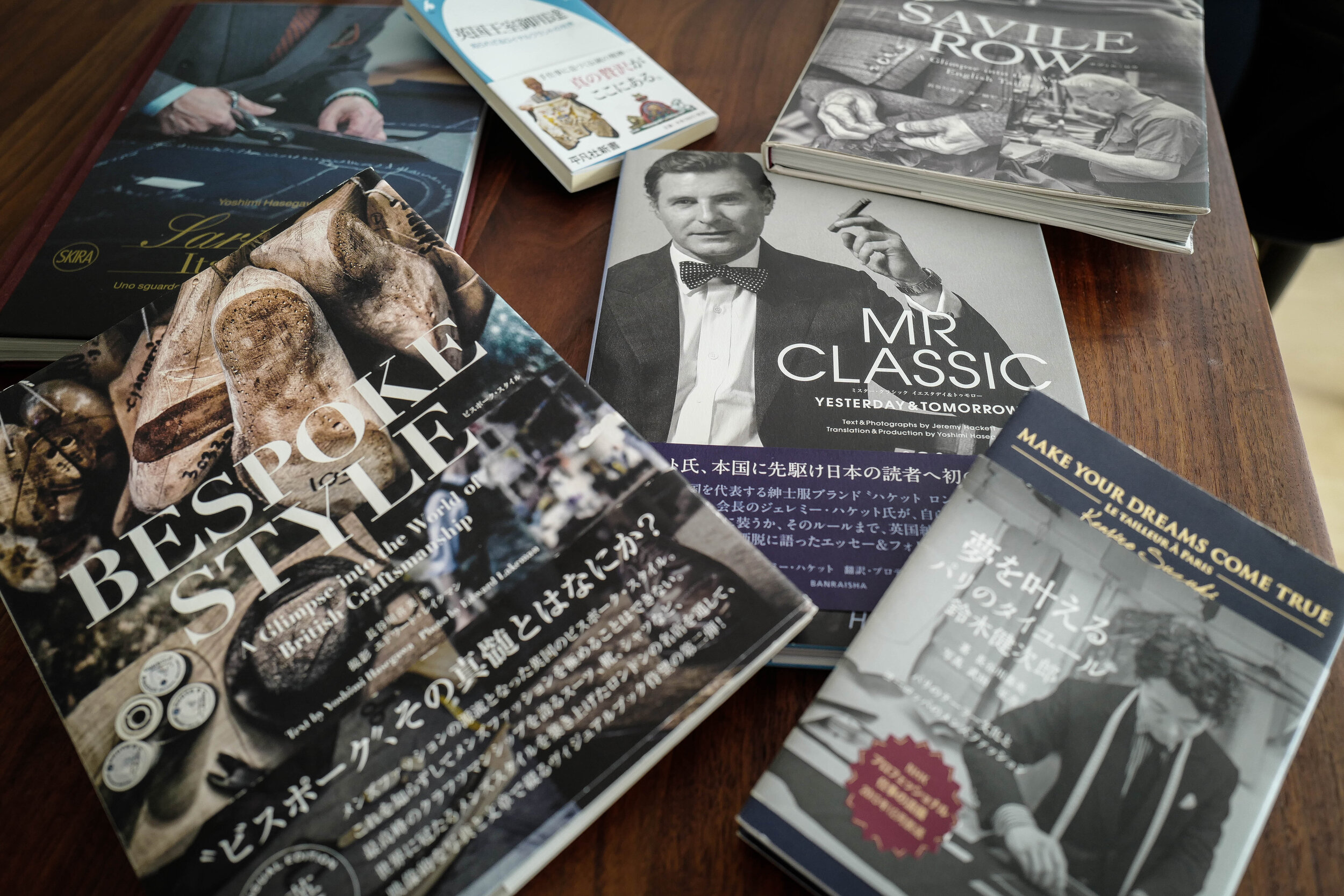Yoshimi Hasegawa - Giornalista
Una delle cose di cui ti accorgi quando sei lontano dall’Italia è di quanto sia bello il nostro paese. Vivendoci ed essendo quotidianamente esposti alle bellezze del Belpaese, non sempre ci rendiamo conto di quanto sia bella la nostra cultura e tutto ciò che essa ha prodotto.
Spesso incontro persone per lavoro che mi richiamano al bello dell’Italia. Spesso queste persone sono più attente di me a molti particolari che io non noto con la stessa profondità e stupore che hanno loro.
Una di queste persone è sicuramente Yoshimi Hasegawa, che con la sua curiosità ed eleganza ha sempre saputo descrivere al meglio le eccellenze italiane.
Elegante viaggiatrice, Yoshimi ha raccontato in un libro dal titolo «Sartoria Italiana» le eccellenze sartoriali italiane.
Yoshimi, com’e’ nata l’idea di questo libro?
Sono una giornalista e da anni scrivo sulla moda maschile. L’Italia ha dato forse il più grande contributo alla moda mondiale, non solo per aver generato marchi famosi, ma anche (e forse soprattutto) per aver sostenuto la moda con una produzione di tessuti di altissimo livello. Ma non solo.
Cos’altro?
L’Italia è piena di piccole attività, quasi sempre familiari, che si tramandano l’arte di generazione in generazione, ma sempre con l’aggiunta di un nuovo twist. Amo l’artigianalità e come essa si manifesta. Viaggiando per l’Italia ho scoperto modi diversi di interpretare la sartoria e di come la moda sia un aspetto naturale per un italiano, che si manifesta con assoluta spontaneità e senza regole scritte.
Qual è il tuo stile di giornalista?
Normalmente non prendo appunti ma registro la conversazione con il mio intervistato. Questo perché’ amo interagire con chi mi trovo davanti e voglio instaurare un rapporto stretto senza perdermi dettagli preziosi. Mi preparo a fondo prima di iniziare un’intervista, ma poi lascio che la conversazione con l’intervistato prenda vita e ogni volta nasce qualcosa di diverso e imparo qualcosa di nuovo. Cerco sempre di immergermi nell’ambiente dove l’intervistato lavora, guardo quello che tiene sul tavolo e di che oggetti si circonda. Il luogo di lavoro dice molto della personalità di una persona.
Scegli tu le storie o le storie trovano te?
Cerco sempre di scrive su qualcosa che mi interessa e sono molto propositiva con gli editori. Il mio coinvolgimento sull’argomento è fondamentale per poter trasmettere a fondo certe sfumature. Amo la fotografia e recentemente mi è capitato di visitare la fabbrica Leica e ne ho scritto un pezzo. Poi mi sono anche comprata una macchina.
Vedo che ami la fotografia.
La fotografia è sempre stata fondamentale per contribuire alle mie storie, una foto aggiunge dettagli che talvolta non emergono con le sole parole.
Torniamo al libro. Che rapporto hai instaurato con i sarti che hai incontrato?
Con molti di essi si è creato un rapporto speciale, sono nate delle amicizie affettuose che continuano ancora oggi. Antonio Panico ad esempio è una persona speciale per me. Sa che ho perso entrambi i genitori e mi tratta letteralmente come una figlia. Una volta mentre ci gustavamo un caffè in piazza Plebiscito a Napoli ferma un venditore ambulante e mi regala una piccola coccinella, un piccolo porta fortuna per i momenti difficili. Poi un anno dopo, durante la mia presentazione del libro in Italia mi ha regalato una collanina d’oro con la stessa coccinella. Ha una figlia anche lui e sa cosa vuol dire voler bene ad una persona. Ci lega tanto affetto e lo trovo una persona speciale dalla quale ho imparato molto. I napoletani hanno un cuore grande e per una giapponese questo è una cosa unica.
(ENGLISH VERSION)
One of the things you notice when you are away from Italy is how beautiful it is our country. When you live in Italy and being daily exposed to the beauty of this country, we do not always realize how beautiful our culture is.
I often meet people for work who remind me of the beauty of Italy. Often these people are more attentive than me to many details that I do not notice with the same depth and amazement that they have.
One of these people is certainly Yoshimi Hasegawa, who with his curiosity and elegance has always been able to best describe Italian excellence.
An elegant traveler, Yoshimi talked about Italian sartorial excellence in a book entitled "Sartoria Italiana".
Yoshimi, how did the idea for this book come about?
I am a journalist and I have been writing about men's fashion for years. Italy has made perhaps the greatest contribution to world’s fashion, not only for generating famous brands, but also (and perhaps above all) for supporting fashion industry with beautiful fabrics at the highest level. But not only.
What else?
Italy is full of small businesses, almost always familiar, which are handed down the art from generation to generation, but always with the addition of a new twist. I love craftsmanship and how it manifests itself. Traveling around Italy I discovered different ways of interpreting tailoring and how fashion is a natural aspect for an Italian, which manifests itself with absolute spontaneity and without written rules.
What is your style as a journalist?
I don't normally take notes but I record the conversation with my interviewee. This is because I love interacting with whoever I am in front of and I want to establish a close relationship without missing out precious details. I prepare myself thoroughly before starting an interview, but then I let the conversation with the interviewee come to life and every time something different is born and I learn something new. I always try to immerse myself in the environment where the interviewee works, I look at what he keeps on the table and what objects he surrounds himself with. The workplace says a lot about a person's personality.
Do you choose the stories or do the stories find you?
I always try to write about something that interests me and I am very proactive with publishers. My involvement on the subject is essential in order to fully convey certain nuances. I love photography and recently I happened to visit the Leica factory and wrote a piece about it. Then I also bought myself a camera.
I see you love photography.
Photography has always been essential to contribute to my stories; a photo adds details that sometimes do not emerge with words alone.
Let's go back to the book. What relationship did you have with the tailors you met?
With many of my interviewee we started a special relationship, a deep friendship that continues to these days. Antonio Panico for example is a special person for me. He knows that I have lost both parents and he literally treats me like a daughter. Once, while we were enjoying a coffee in Piazza Plebiscito in Naples, he stopped a street vendor guy and bought for me a ladybug, a little luck charm for difficult moments. Then a year later, during my presentation of the book in Italy, he gave me a gold necklace with the same ladybug. He has a daughter too and he knows what it means to love a person. I find him a special person from whom I have learned a lot. Neapolitans have a big heart and for a Japanese this is a unique thing.

